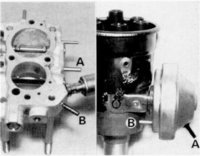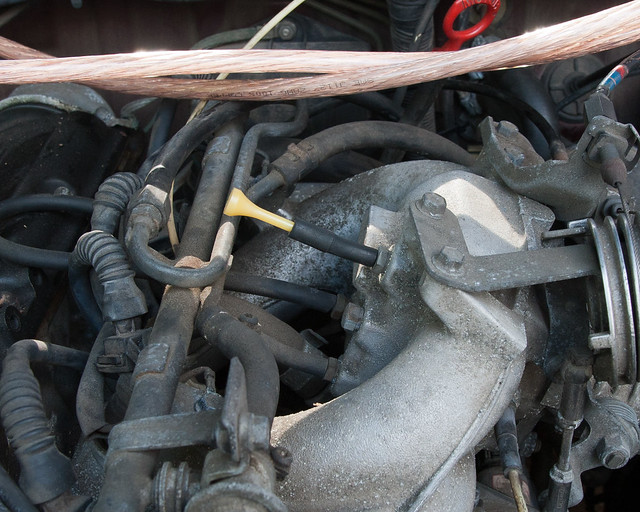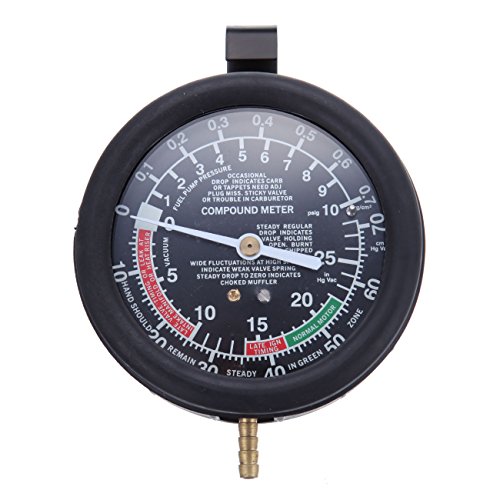Eivin Hansen
New Member
I am strugling with the correct ignition timing, and I suspect the vacuum connections. I am running Pertronix Ignitior points replacement and have disconnected (and plugged) the retard port on the carb as per recomendations in posts here.
So after rebuilding my carbs i connected the vacuum lines as described in the original repair manual
http://e9-driven.com/…/Library/BMW-E…/pages/en/12110600.html and the car runs as shit when i set the ign. timing.
But then i find this description in another section of the same book (oficial BMW book) http://e9-driven.com/…/Library/BMW-E…/pages/en/13111000.html Whaaaat.. it is totaly opposite. I have tried this setup, and not much better, but i have not adjusted the ign. timing....
So what is correct? And recomended when using Pertronix ignitor?
As far as i know, the advance vacuum port on the distributor is the port pointing away from the distributor. sucking the distributor plate counter-clockwise. And advance port on the carb. is the one pointing 45 deg forward/right, where there is no vacuum when idling....Correct or...?
Another strange vacuum issue...the vacuum port on the carb facing to the driver side. (no 4 here: http://e9-driven.com/…/Library/BMW-E…/pages/en/13111000.html) is manifoil vacuum. and it is just fed directly into the air filter housing.... this is just like creating a massive vscuum leakage. Can anyone explain the rationale for this setup?
So after rebuilding my carbs i connected the vacuum lines as described in the original repair manual
http://e9-driven.com/…/Library/BMW-E…/pages/en/12110600.html and the car runs as shit when i set the ign. timing.
But then i find this description in another section of the same book (oficial BMW book) http://e9-driven.com/…/Library/BMW-E…/pages/en/13111000.html Whaaaat.. it is totaly opposite. I have tried this setup, and not much better, but i have not adjusted the ign. timing....
So what is correct? And recomended when using Pertronix ignitor?
As far as i know, the advance vacuum port on the distributor is the port pointing away from the distributor. sucking the distributor plate counter-clockwise. And advance port on the carb. is the one pointing 45 deg forward/right, where there is no vacuum when idling....Correct or...?
Another strange vacuum issue...the vacuum port on the carb facing to the driver side. (no 4 here: http://e9-driven.com/…/Library/BMW-E…/pages/en/13111000.html) is manifoil vacuum. and it is just fed directly into the air filter housing.... this is just like creating a massive vscuum leakage. Can anyone explain the rationale for this setup?










